Not only in the collection, but also in the cleaning of porcini mushrooms, there are rules and peculiarities, no matter how surprising it may sound. There are certain canons in cooking and they must be adhered to. Peeling porcini mushrooms is not difficult, but you need to be careful. This is the only way to protect yourself and get the most out of your future mushroom dishes.
Content
View Features
Porcini mushroom is included in the first category in terms of taste, with a valuable nutritional composition, noble white and dense pulp, which does not darken on the cut and during heat treatment.
The hat is brown, light and dark shades depending on age, velvety to the touch, 7-30 cm in diameter, and in especially favorable climates it is found even up to half a meter. The form at a young age is hemispherical, straightens over time.
Leg up to 12 cm, for individual giants - up to 25 cm. Thickness 7-10 cm. The shape is cylindrical, sometimes it looks like a barrel or a mace. The color is both white and brown, sometimes a fine mesh of the pattern is visible.
The fungus is found on almost all continents, it likes humidity and warmth, therefore it can appear depending on the weather in May and autumn.
It grows in any forests: coniferous, deciduous and mixed. Refers to symbionts, forms mycorrhiza with oak, pine, spruce, fir, birch, hornbeam, aspen. It is not whimsical to the ground, it can grow both in the sand and among mosses and lichens. Therefore, on collected whites you can find needles, fragments of dry leaves, sand, moss, depending on the location of the find.
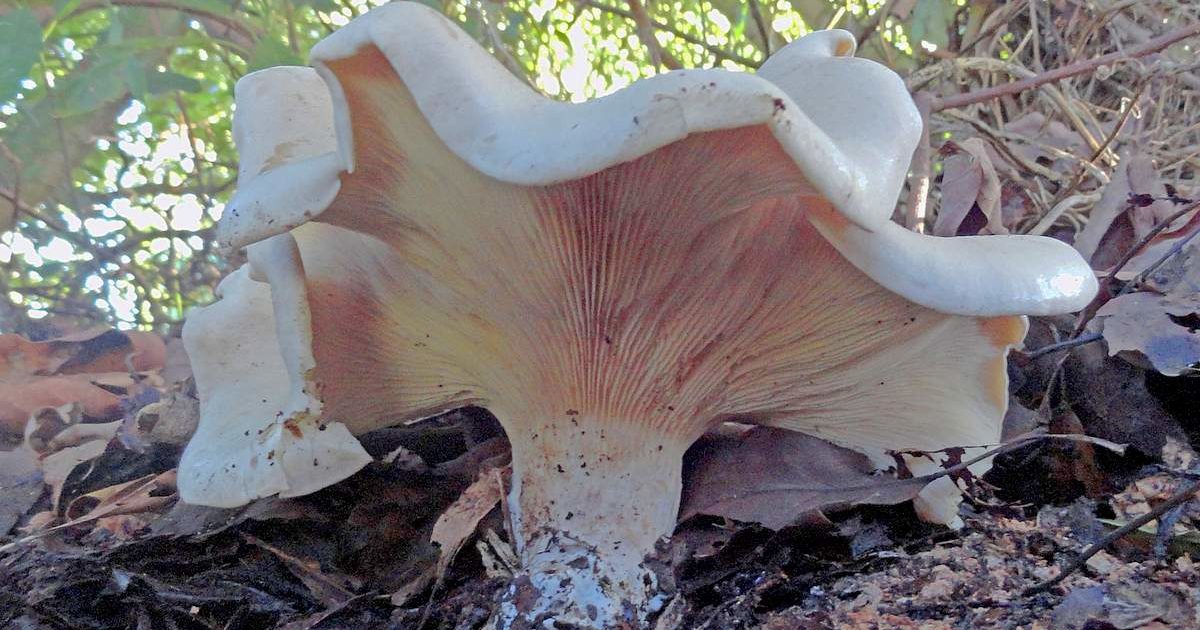 You may be interested in:
You may be interested in:General rules for cleaning porcini mushrooms
Regardless of the further use of ceps, many actions after cutting them in the forest are the same for everyone. Therefore, there are general rules:
- The first thing to remember: cleaning all the mushrooms is an urgent matter; this is the first thing to do when you return from a "silent hunt." Boletus has a rather dense pulp, but the decomposition process is natural for all species. Therefore, the mushroom picker ideally has 3-4, maximum 5 hours, to cope without loss.
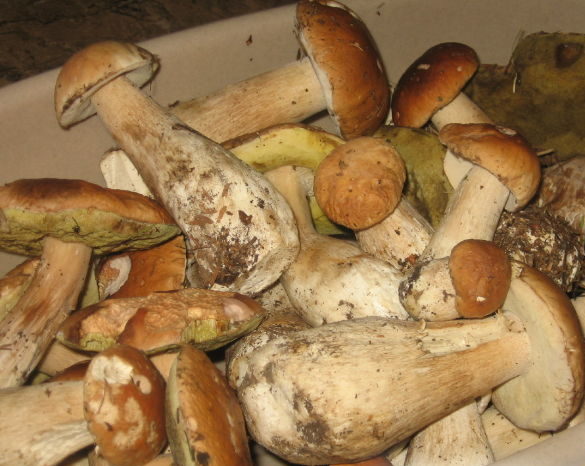
Mushrooms collected - Much more convenient and effective mushrooms will be cleaned if you use not only a knife, but also have auxiliary means: an old toothbrush, a rag.
- The beginning of cleaning is the removal of large debris: leaves, needles, etc. If there is time, then this is done even right in the forest, before laying the crop in a basket. At home, you can connect a brush or cloth to sweep a maximum of specks.
- The washing up. It is possible to soak in salt water for 15 minutes at most, so that all small particles and insects sitting in the folds are separated. In this way, the sand is cleaned qualitatively, otherwise it may creak under the teeth in a finished form and spoil the whole impression of the dish.Remember!It should be noted that in most cases, water harms the mushroom body, it quickly absorbs moisture, becomes loose and loses some of the valuable substances. Therefore, you need to wash the mushroom quickly, erasing dirt from it.
- Next, you should arm yourself with a knife and cut off all the excess: darkened areas, the skin of the legs, especially at the root, and if worms are found there, cut off part of the fruiting body. This removes not only mechanical debris, but also bacteria.If the skin or part of the pulp is easily detached, then remove it, apparently, it has already begun to deteriorate, which means that there is nothing good in it.
- After that, the mushrooms are rinsed quickly with clean water, put in a colander or simply on a cutting board for drying in the air.
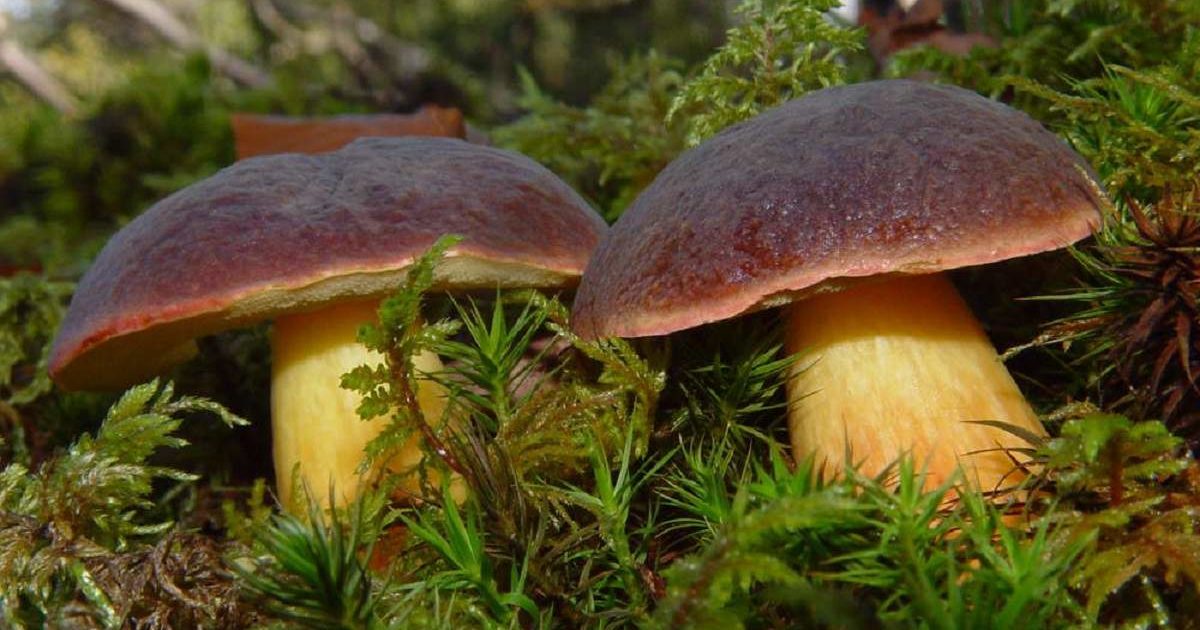 You may be interested in:
You may be interested in:Subtleties of cleaning before frying and cooking
Boletus is exceptionally delicious in fried form, as well as in famous soups, where it looks like white meat, without losing its color when cooking.
The mushroom bodies of the house selected for these purposes are cleaned with a knife blade to remove surface debris, remove adhering needles, blades of grass, and scrape the ground from the leg. Then they can be washed. If mushrooms were collected on sandy areas, or, for example, in the rain, then they can be contaminated more than usual, and then it is recommended to soak them in water for a quarter of an hour, squeezing something on top to stay in the water to be effective - such soaking will separate sand and particles of land.
After rinsing in running water, the mushrooms are thrown into a colander and allow excess fluid to drain. Then we work with the knife: we need to eliminate everything that easily falls behind from the fetus, scrape the leg, refresh the lower cut and check for worminess, remove all dark spots of pulp.
Before frying, prepared mushrooms can be rinsed with boiling water, this will be that control washing, removing the final garbage and killing the germs. Then let it drain and air dry. Everything, the crop is ready for use in your favorite frying recipe.
For cooking, you can also do the manipulation of boiling water. Since porcini mushroom is a high-quality product (of course, if it is not collected in radioactive and chemically contaminated places), therefore, it is not necessary to boil it additionally before main cooking, as is the case with mushrooms of lower categories.
Preparation for freezing and drying
In case of drying and freezing, the general rules are changed by one point: contact with water is excluded here. That is, neither fast washing, nor, especially, soaking is carried out. For high-quality dirt removal, instead of water, use a cloth, moistening it slightly for better traction, or a brush from a hardware store or even an old toothbrush.
The sequence is as follows:
- first remove all large debris from the hat and legs, clean off the root part with a knife;
- remove all fragments that begin to rot or darken for another reason;
- update the slice, look inside the legs, usually the worminess begins there; remove worm-eaten part of the fruiting body;
- scrape off the leg with a knife as a final finishing action.
You can at the end once again go over the surface with a cloth (new, not the one used at the beginning of the cleaning process) and start cutting before drying or freezing.
Peeling porcini mushrooms before pickling and pickling
Usually, small, sturdy mushrooms are chosen for preservation. Selected mushrooms are brushed away from large forest debris and earth, and then washed for 10-20 minutes, constantly changing water, or even soaked in salted water with the addition of citric acid or vinegar. This action has two goals:
- so that the mushrooms crackle from a properly prepared recipe, and not from sand - water removes sand from all cracks in the fruiting body;
- frequent washing and soaking in salt and acid kills possible bacteria, which are especially dangerous during cold salting, when mushrooms do not boil before preservation at all.
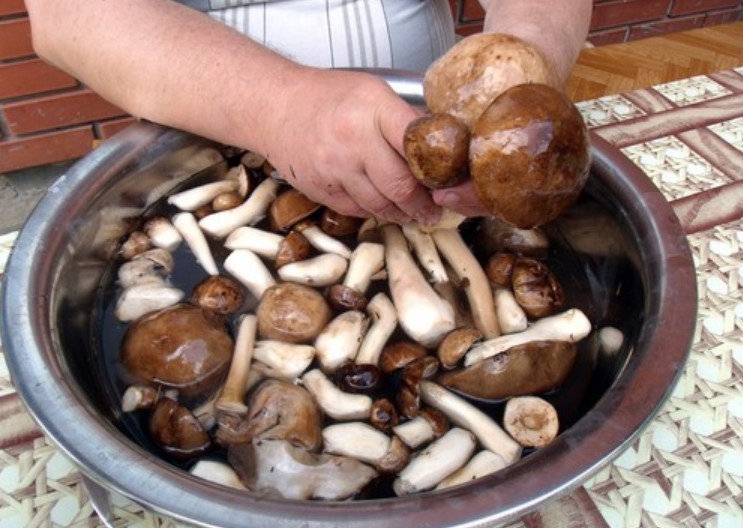
After thorough washing, the final stage will be a cut of all suspicious fragments, darkening, damage, stripping of the leg, removing the pulp where it easily lags. As a result, we get a white fruiting body, ready for pickling or pickling.
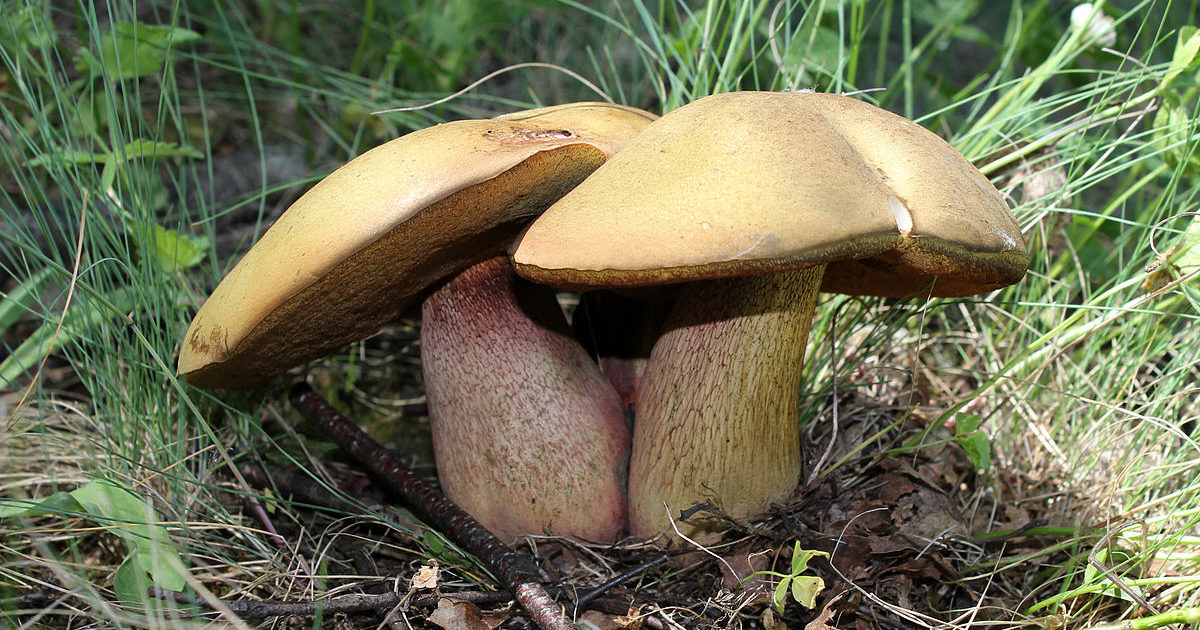 You may be interested in:
You may be interested in:Answers to widespread questions
Collecting boletus is a pleasure, because everyone understands its value and enjoy the “catch”. In order for the cleaning to also please you, it is important to learn its secrets and do it with an understanding of the usefulness of all the manipulations.

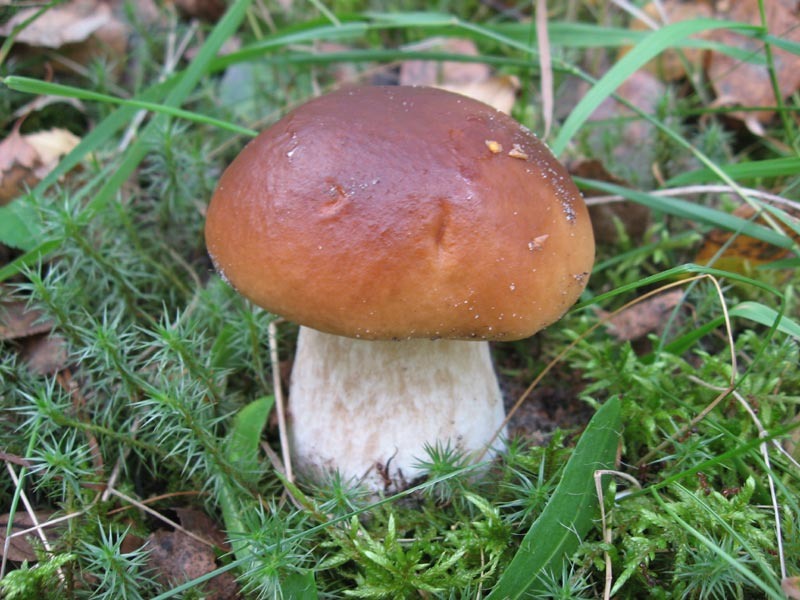
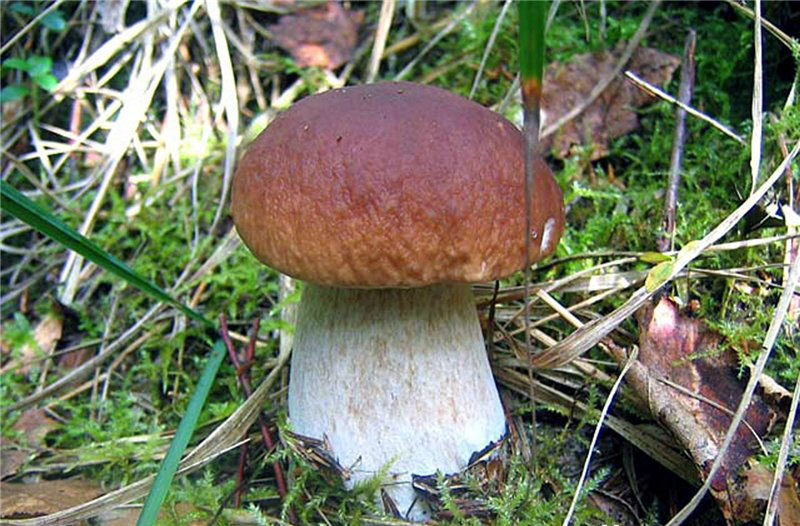

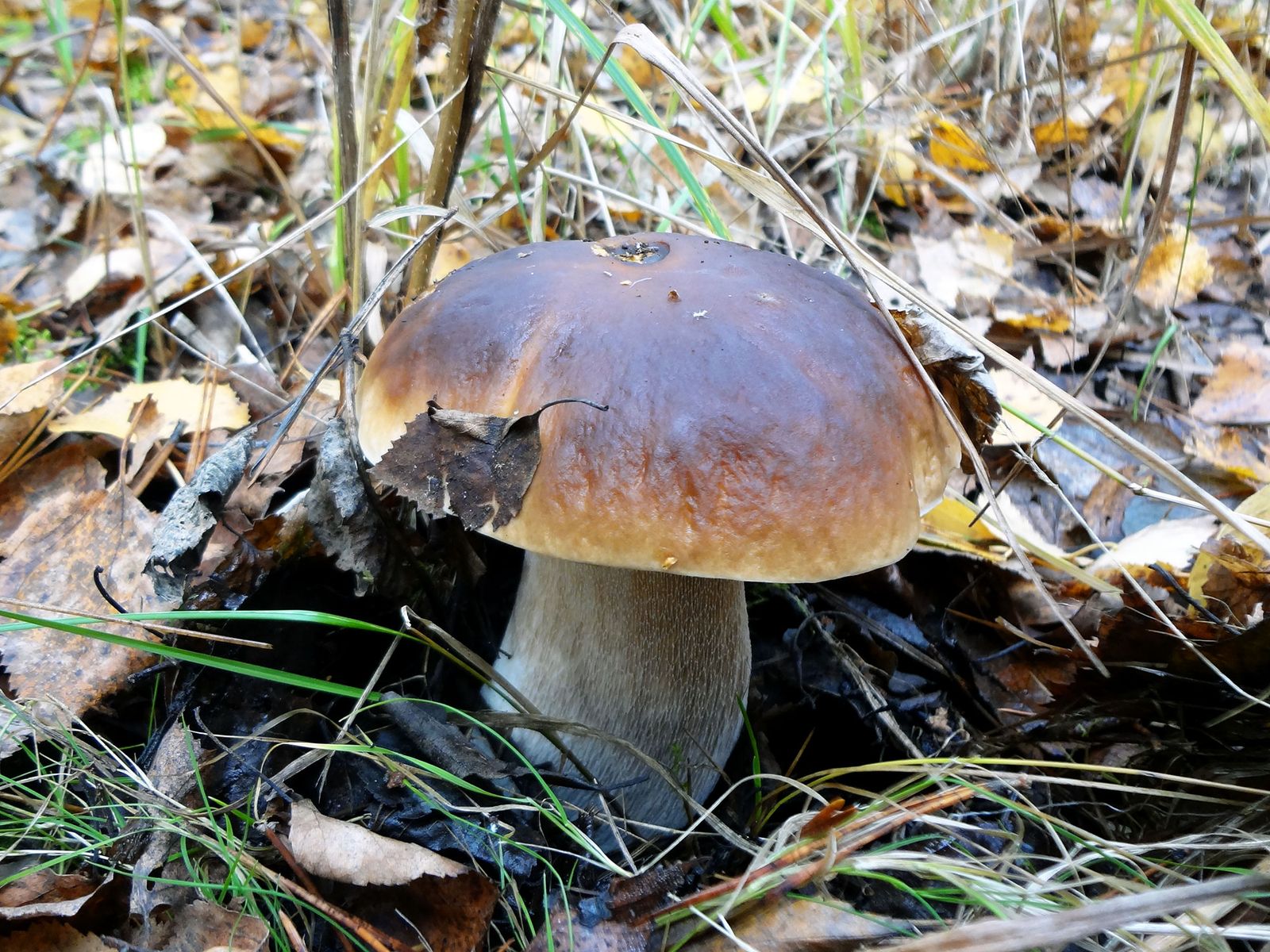
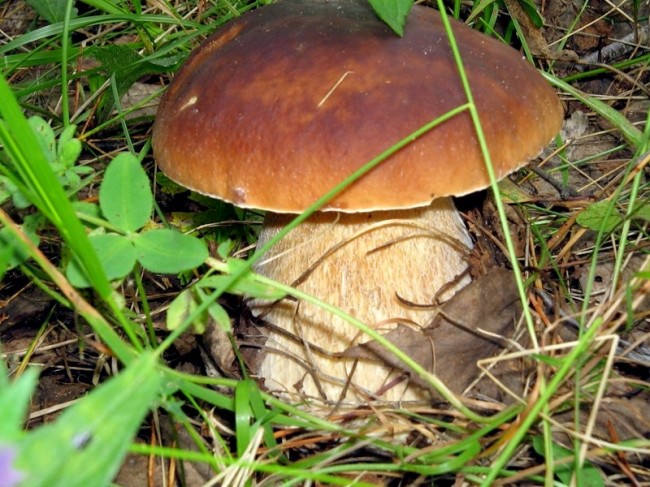
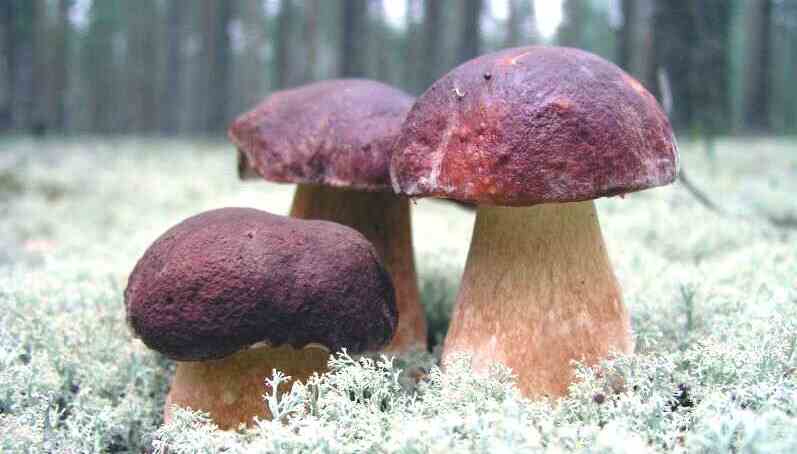
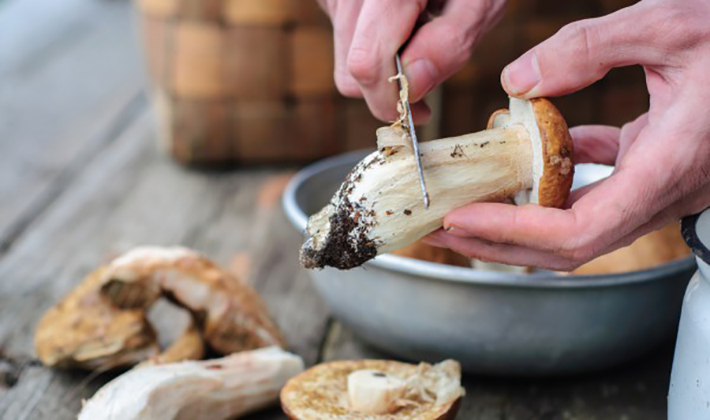
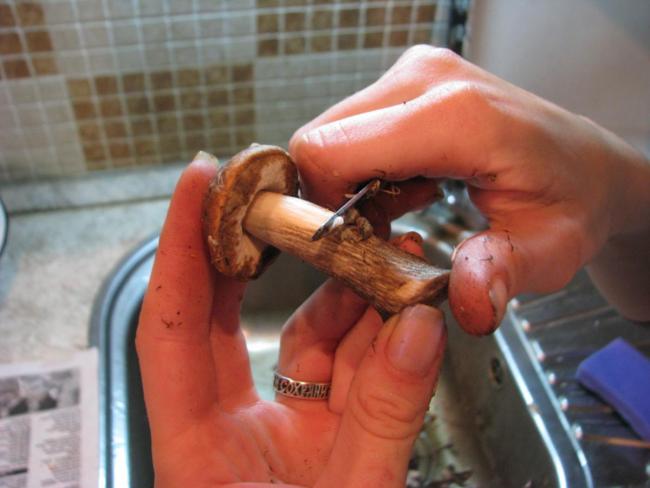
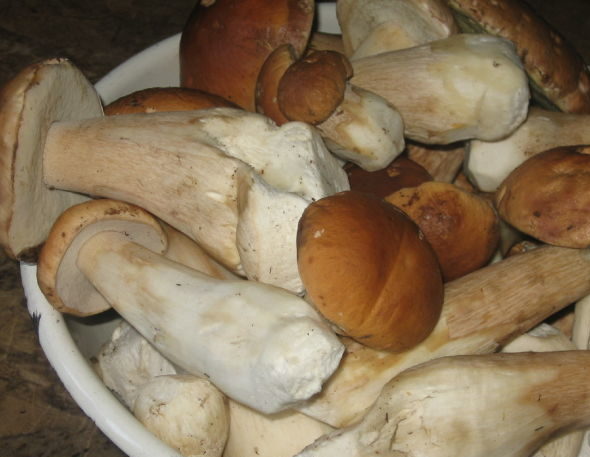



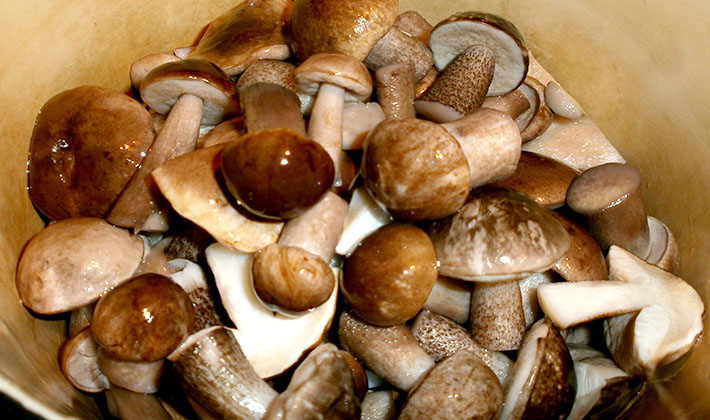

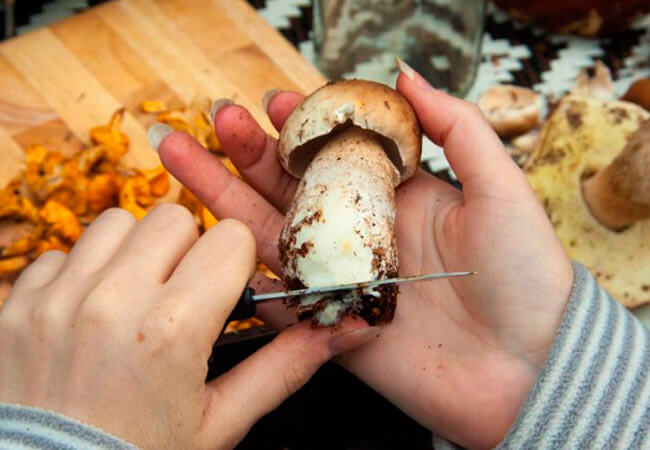
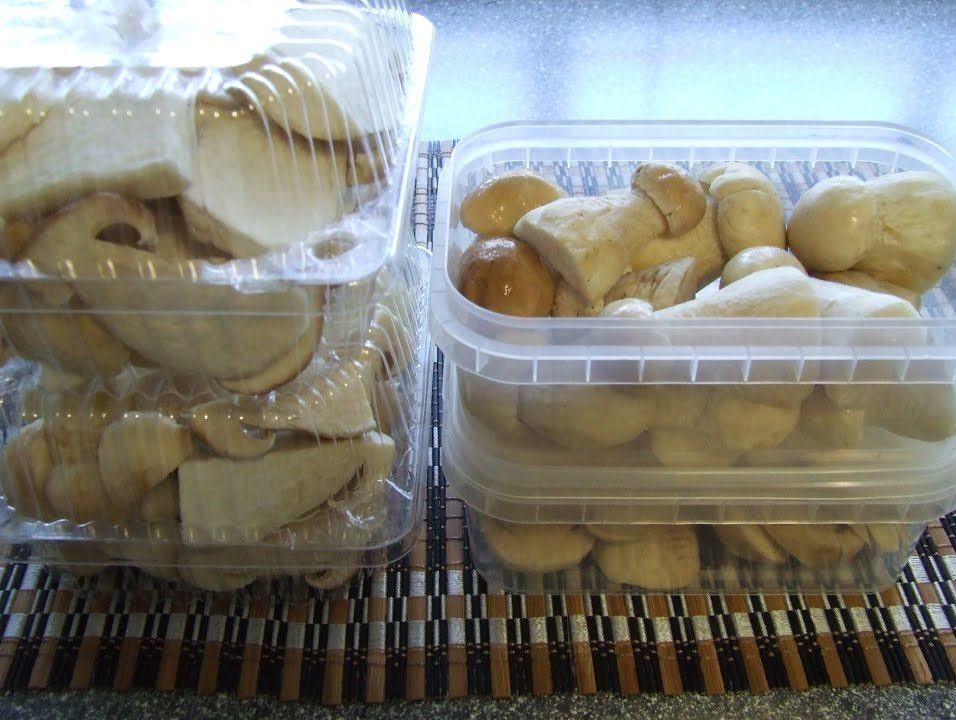
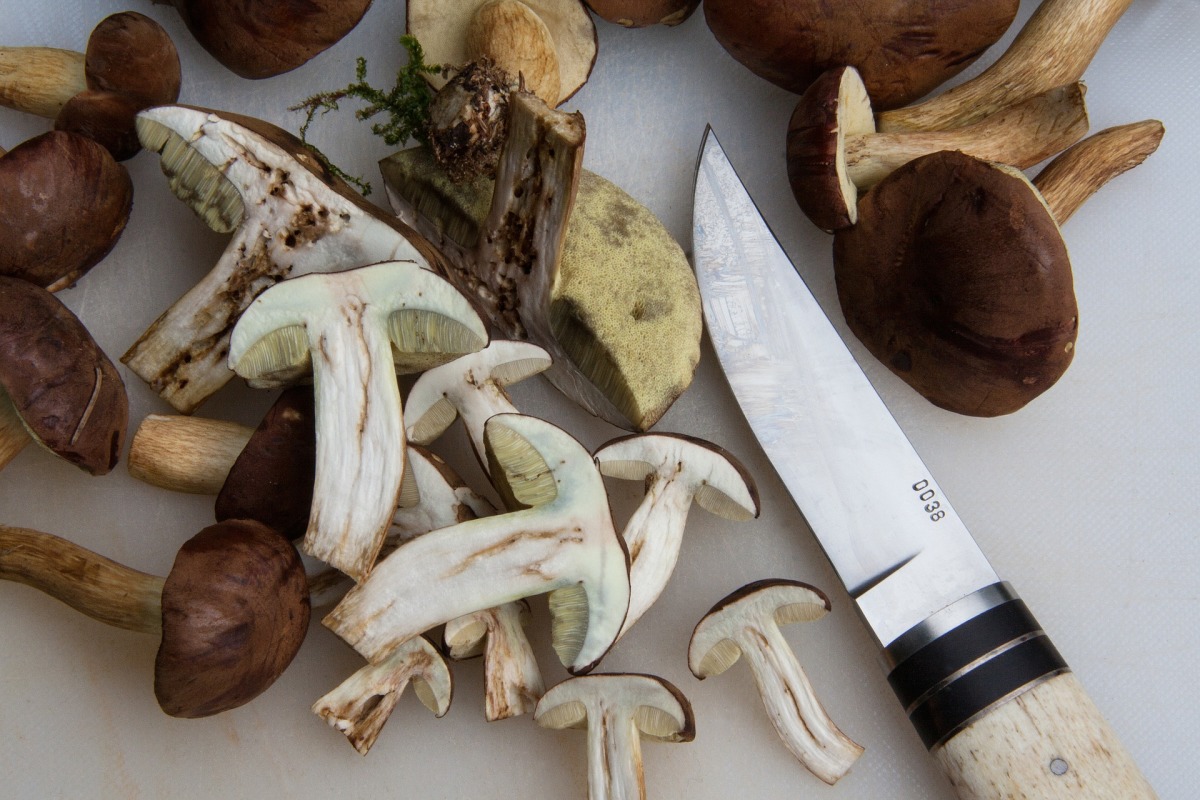
 Care and use of Kombucha at home (+22 photo)
Care and use of Kombucha at home (+22 photo) Edibility of the fungus of the motley umbrella and its description (+19 photo)
Edibility of the fungus of the motley umbrella and its description (+19 photo) Description of edible and inedible oils, their poisonous counterparts (+40 photos)
Description of edible and inedible oils, their poisonous counterparts (+40 photos) Useful properties of milk mushroom and its contraindications (+17 photos)
Useful properties of milk mushroom and its contraindications (+17 photos)
Valeri Mishnov
It always amazes me when I see mushrooms with legs dragging from the forest. In childhood, our grandmother taught us to collect only hats of all kinds of mushrooms. Even white stumps should be no more than the thickness of a finger. Old ones with a green fringe should not be taken even if they are not wormy. This was taught to her by the nuns of the courtyard (branch) of the Novo-Maiden monastery, where she studied from 10 to 17 years. And the nuns were not full of fools. The abbess of that farmstead was the widow of Count Belokopytova, the very sister of Leo Tolstoy, whom he had seen before his death. It’s me that then women were taught housekeeping not according to him.